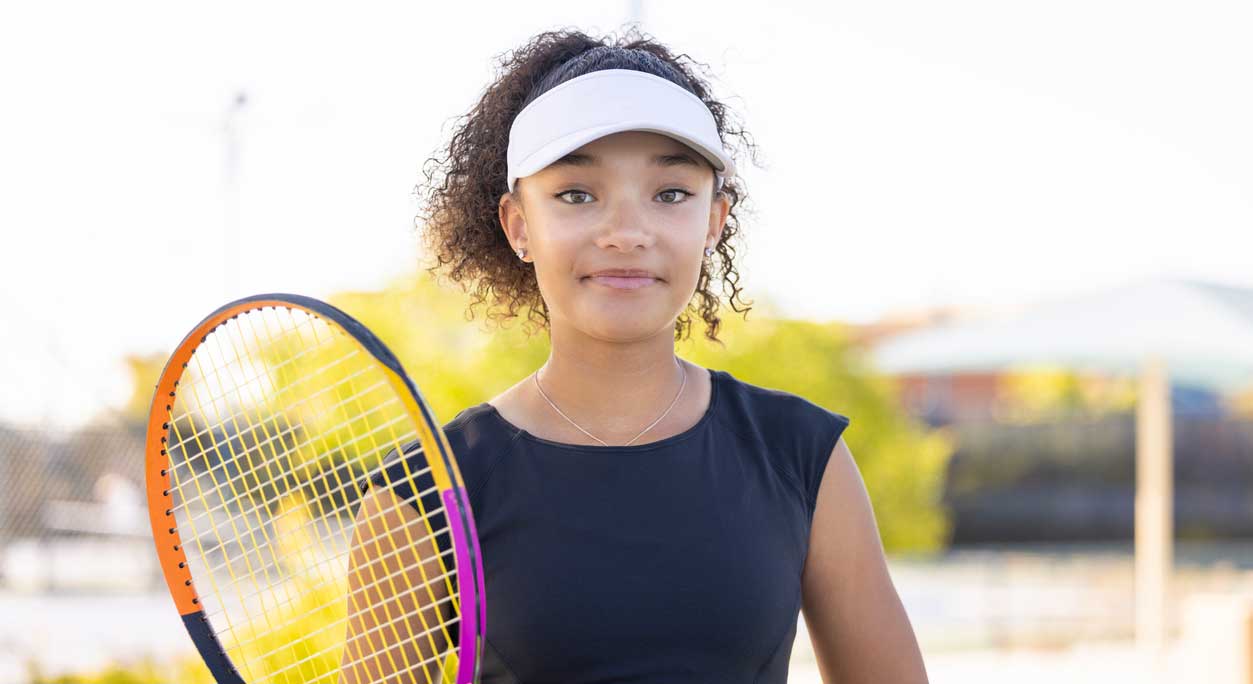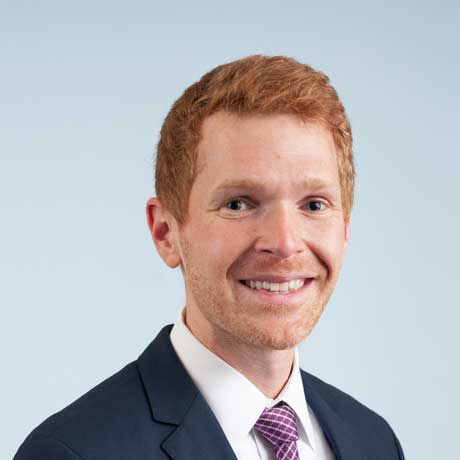-
- Find Care
-
- Visitor Information
- Find a Location
- Shuttles
- Visitor Policies
-
-
- Our Virtual Care Options
- Virtual Urgent Care
- Virtual Visits for Primary & Specialty Care
- Online Second Opinions
- Participate in Research
-
- Contact us
-
- For Innovators
- Commercialization Guide for Innovators
-
-
- Research News
- Alzheimer's Disease
- Artificial Intelligence
-
- Overview
-
- Overview
- Getting Started
- New to Mass General Brigham
- International Patient Services
- What Is Patient Gateway?
- Planning Your Visit
- Find a Doctor (opens link in new tab)
- Appointments
- Patient Resources
- Health & Wellness
- Flu, COVID-19, & RSV
- Billing & Insurance
- Financial Assistance
- Medicare and MassHealth ACOs
- Participate in Research
- Educational Resources
- Visitor Information
- Find a Location
- Shuttles
- Visitor Policies
- Find Care
-
- Overview
- Our Virtual Care Options
- Virtual Urgent Care
- Virtual Visits for Primary & Specialty Care
- Online Second Opinions
-
- Overview
- Participate in Research
-
- Overview
- About Innovation
- About
- Team
- News
- For Industry
- Venture Capital and Investments
- World Medical Innovation Forum (opens link in new tab)
- Featured Licensing Opportunities
- For Innovators
- Commercialization Guide for Innovators
- Contact us
-
- Overview
- Information for Researchers
- Compliance Office
- Research Cores
- Clinical Trials
- Advisory Services
- Featured Research
- Two Centuries of Breakthroughs
- Advances in Motion (opens link in new tab)
- Brigham on a Mission (opens link in new tab)
- Gene and Cell Therapy Institute
- Research News
- Alzheimer's Disease
- Artificial Intelligence
-
- Overview
-
- Overview
- Residency & fellowship programs
- Brigham and Women's Hospital
- Massachusetts General Hospital
- Mass Eye and Ear
- Newton-Wellesley Hospital
- Salem Hospital
- Integrated Mass General Brigham Programs
- Centers of Expertise
- Global & Community Health
- Health Policy & Management
- Healthcare Quality & Patient Safey
- Medical Education
- For trainees
- Prospective trainees
- Incoming trainees
- Current trainees
- Continuing Professional Development
Preventing Overuse Injuries in Young Athletes

Participating in sports provides countless benefits for young athletes — from better physical and mental health to social support and valuable life lessons. But too much of a good thing can lead to overuse injuries and time on the sidelines.
Overuse injuries can occur over time when a particular muscle group, joint, tendon, or ligament is asked to do more than it’s built to withstand. Proper training to build strength and flexibility helps to develop proper biomechanics, which can protect against overuse injuries, says George Ross Malik, MD, a Mass General Brigham sports medicine specialist. Dr. Malik specializes in physical medicine and rehabilitation and spine at Mass General Brigham’s Foxborough Health Care Center and Newton Wellesley Hospital.
“You have to train to be able to withstand whatever load an activity demands so you don’t overstress certain areas of your body. It’s also really important to find balance between strength and flexibility, and to set aside periods for recovery.”
Youth athletes are often very focused on a goal — to make their next pitching start, to get ready for the upcoming season, to make a club team, for example. Taking the time to train properly or participate in other sports may seem like a detour on the way to that goal. But Dr. Malik says diverse training and preventive measures are crucial for good health and performance, especially in young people.
“It’s important to focus on the big picture and to be a well-rounded athlete. For example, addressing the entire kinetic chain — developing strong core, hip, and glute strength — can significantly reduce stress on the athlete’s body,” Dr. Malik says.
Risk factors for overuse injuries in youth sports
Overuse injuries can affect many different areas of the body. Some of the most common include:
Shoulder and elbow injuries in athletes who throw (pitchers, quarterbacks) or play racquet sports
Knee or ankle and foot injuries from jumping (volleyball, basketball) or running (soccer, track and field)
Wrist and back injuries in gymnasts
Dr. Malik says certain factors increase the chances of young athlete sports injuries:
Development: Human bodies typically are not fully developed until the late teens, so youth athletes are more susceptible to injuries resulting from heavy, repetitive exercises.
Specialization: Many youth athletes specialize in one type of activity and play the same sport year-round. This puts near-constant stress on the same areas of the body.
Type of sport: Athletes who participate in individualized sports such as tennis, gymnastics, running, and dancing are more prone to overuse injuries. “Athletes who don’t play with a team may train more intensely because they feel they have to do everything on their own,” Dr. Malik explains.
Diet: Athletes who restrict their diet in any way may not get adequate nutrition to keep muscles and joints healthy. For example, calcium and vitamin D deficiencies can increase risk of bone stress injuries. And it’s especially important for female athletes to prevent iron deficiency.
Social support: Some studies show that young athletes who lack a good social support network may be more at risk for overuse injuries. “Lower self-esteem may prompt them to bury themselves in sports and try to gain confidence from successes on the field,” says Dr. Malik.
How to prevent overuse injuries
Discomfort isn’t necessarily a reason to stop playing. If pain isn’t intense or getting worse, it’s normally appropriate to continue with current activity levels, Dr. Malik says. He recommends a few key strategies to prevent overuse injuries.
Balance strength with flexibility.
No matter what type of sport your child plays, their body must be both strong and flexible. Training should be designed to ensure both.
“It’s no good to have large muscles but be unable to reach behind your back. At the same time, hypermobility — when you’re so flexible that you’re kind of like Gumby, flopping around everywhere without much control or strength — also can put athletes at risk,” Dr. Malik advises.
Build in periods of rest and cross-training.
Many of today’s young athletes specialize in one sport and play it year-round. For example, they may play a full season for their school team, then immediately start playing for a club or travel team at a higher level. As soon as that season is over, the next school season starts again. This constant cycle allows no time for cross-training or recovery.
To avoid overtraining, Dr. Malik recommends “periodization,” a method of planning athletic training:
Pre-season: During this time, athletes get ready for the season by building strength and improving explosive-type movements. Examples include more powerful sprinting, throwing, and jumping.
Season: During the actual season, the focus is on maintaining those skills.
Post-season: When a season is over, schedule a period of relative rest. Dr. Malik recommends that youth athletes build in at least 3 separate 1-month recovery periods from the primary sport throughout the year.
It’s okay to be active during rest periods. But young athletes should choose activities and body areas they may not focus on during the regular season, such as:
Core strength
Cross-training, perhaps with programs specially designed to prevent injury
Flexibility
Other sports that do not involve the same primary joints or muscle groups
Strengthening the entire kinetic chain, which includes feet and ankles, knees, hips and pelvis, core, shoulders, and head
The Mass General Brigham Center for Sports Performance and Research provides performance evaluations for high school and club athletes, along with strength and conditioning programs.
Eat properly.
Eating properly can protect bones, joints, and overall health. Many young athletes skip meals or rely too heavily on snacks and meal supplements, such as protein bars and shakes. This practice, in addition to dietary restrictions, may lead to nutritional deficiencies that can contribute to overuse injuries:
Lactose intolerance may lead to calcium and vitamin D deficiencies.
Gluten-free diets may cause insufficient caloric intake.
Vegetarian diets may lack adequate protein and iron.
Poor nutrition in athletes can also lead to relative energy deficiency in sport (RED-S), a syndrome that involves an imbalance between an athlete’s energy expenditure and nutritional or caloric intake. RED-S can lead to poor overall health and declining athletic performance.
Don’t play through the pain.
Youth athletes who show signs of overuse injury should not play through the pain. “Powering through” can make it worse and lead to long-term damage such as stress fractures, chronic pain, or permanent damage to tendons, ligaments, and muscles, Dr. Malik says.
Learn when to seek treatment for workout pain. Instead, seek professional guidance from your primary physician, coach, or athletic trainer. They can offer:
Advice on activity modifications
Instruction on proper technique to prevent further injury
Recommendations for controlling discomfort, including anti-inflammatory medications
Referrals to specialists such as physical therapists and dietitians
Regenerative medicine treatments such as shockwave therapy and platelet-rich plasma injections
When to seek medical attention for youth sports injuries
Athletes often resist seeking medical attention for overuse injuries. Sometimes they think they’ll heal on their own or they’re afraid a doctor will stop them from participating.
“It’s important to have an evaluation in case there is a serious issue like a bone stress injury, which requires an athlete to take time away from their sport. But generally, we always try and keep people moving and participating in their sport as much as possible,” Dr. Malik says. “My job is to help address the issue so that we don’t have to shut athletes down now or in the future.”
All athletes should seek treatment for an overuse injury if they experience:
Inability to participate in their sport as they did before
Pain that lingers the next day or gets worse over time
Trouble bearing weight normally
